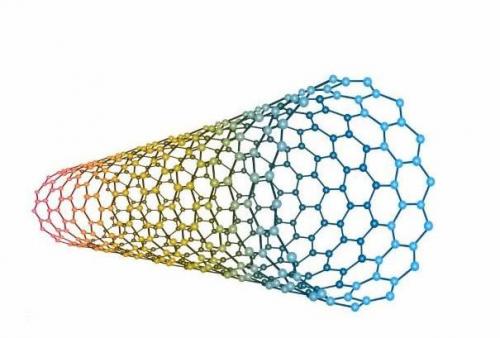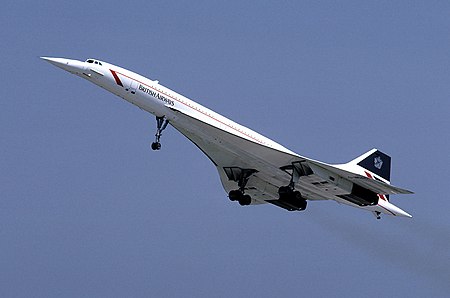Boron nitride nanotube materials sell for $1,000 per gram? Why is it so expensive?

Selling $1,000 per gram - this price is
very expensive. Is boron
nitride nanotube material worthy of the price, or is it just a sensation?
The pursuit of speed by mankind will never
stop. Since the end of the jet passenger jet era in the late 1950s, the
international civil aviation community has been pursuing the improvement of
flight speed. The key to keeping vehicles and aircraft at high speed is to
withstand the intense heat generated during the journey. For example, the
retired supersonic passenger aircraft "Concord" - hard aluminum
material on its surface enables the
aircraft to withstand a frictional high temperature of up to 127 °C at an
altitude of 15,000 meters, with a Mach 2.02 (immediate speed 2474 km, 1 Mach
equals 1 speed of sound) Speed flight. However, in addition to the stable
fuselage structure and light weight, the material coated with the aircraft is
the key to whether the aircraft can fly at supersonic speed.

The protagonist of this article, the boron
nitride nanotube material, was the raw materials for heat-dissipating coatings
recently successfully developed by the US Air and Space Administration (NASA)
and Binghamton University under the auspices of the US Air Force. The study has
been published in the journal Science
Report.
When boron nitride nanotube material is
used as a heat-dissipating coating, it can withstand twice the high temperature
of carbon nanotubes currently used in aircraft, which means it can make the
aircraft withstand more intense heat, thereby improving Flight speed. It is
possible that in the next 10 years, the aircraft will fly from the US East
Coast to the West Bank at 5 times the speed of sound in less than an hour! This
is why it sells so expensive.
The boron nitride nanotubes are currently
priced at up to $1,000 per gram. For commercialization, the cost is too high.
Even after the initial commercialization, the average person can't afford it. But
it should be one step ahead in fighter or space probe applications; in addition
to being applied to aircraft surfaces, boron nitride nanotubes can also be
added to ceramics or metals to make them stronger; it may be possible to
contribute to environmentally friendly cars or nanoelectronic industry.
Although the cost of boron nitride
nanotubes is now high, it is generally believed that the development path of
boron nitride nanotubes should be similar to that of carbon nanotubes -
high-quality carbon nanotubes cost about $1000 20 years ago, but now its cost
has dropped to 10 to 20 US dollars per gram.
For more information, please visit https://www.preciseceramic.com/products/boron-nitride-bn/
for more information.
Post Your Ad Here
Comments